Technology
The story of the Tesla brand
Published
3 months agoon


In 2003, in Silicon Valley, the beating heart of innovation and creativity in the world of technology, a spark was struck. The story of the Tesla brand was the beginning of a great transformation in the automotive industry. A group of bold and entrepreneurial engineers, with the dream of building a clean, powerful, and luxurious car, founded a company and named it Tesla Motors in honor of Nikola Tesla, the famous inventor and physicist. At first, this company faced many challenges, because the idea of electric cars was still nascent at that time and faced many doubts and criticisms. But Tesla continued on its path relying on perseverance, creativity, and commitment.
The story of the Tesla brand
This article was updated on the occasion of the anniversary of the founding of Tesla on July 11, 1403.
In 2008, Tesla took a big step forward in the automotive industry by introducing the Roadster, the first all-electric sports car. With its impressive performance and range, this car attracted the opinion of many experts and customers and proved that electric cars can be a serious competitor to gasoline cars.
Tesla continued its innovation and development process and in 2013, it once again revolutionized the industry with the introduction of the Model S, its first all-electric luxury sedan. This car has become the most popular electric car in the world with its beautiful design, spacious interior, and excellent performance. Tesla Model S achieved such popularity that year in competition with cars from the Mercedes Benz S Class sedan family BMW 7 Series and any other luxury sedan; Despite these news-making successes in the 2000s, it is interesting to know that the story of Tesla Motors began in 1990.

Today, Tesla is known as one of the most valuable automotive brands in the world and has become a symbol of innovation, creativity, and commitment. Offering a wide range of electric vehicles, energy storage batteries and solar panels, the company is working to create a cleaner and more sustainable future for the planet.
Tesla’s story is an inspiring story of courage, creativity, and perseverance. This story shows how by relying on new ideas and continuous effort, you can achieve great goals and change the world around you.
Tesla in its early days
Elon Musk is the most famous CEO of Tesla, but Martin Eberhard and Mark Tarpening were the first CEOs of Tesla and one of the founders of the company. Today, many people know Tesla by the name of Elon Musk, and he as the founder of this company. But the fact is that in the beginning, Elon was just a series A investor and a big supporter of this project. He sat on the chairman’s chair as the fourth chief executive officer of Tesla.

Eberhard and Tarpening met in the 80s and founded a company called Nuvomedia in 1997. This company was a pioneer in the field of producing e-readers and released a product called “Rocket Ebook” to the market. Tarpenning was the CEO and Eberhard was the chief technology officer of this company.

The idea of establishing Tesla was formed from Martin’s interest in sports cars; He thought about buying sports cars for several reasons, but decided against it because:
- These cars had high fuel consumption and consumed 13 liters of gasoline per 100 kilometers, which was not economical at all.
- In those years, due to the war in the Middle East region, the price of oil and gasoline had increased significantly.
- Global warming was also considered a serious problem that buying such a car could accelerate its process.
Eberhard thought about buying an electric car like the EV1, but these cars were collected from the market. In the early 2000s, the state of California passed a zero-emission vehicle law aimed at reducing greenhouse gas emissions and air pollution. The law required automakers to allocate 10 percent of cars sold in California to zero-emission models by 2010; But some automobile companies such as General Motors, Toyota, and Honda were against this law and considered it too strict and detrimental to the automobile industry.
The idea of establishing Tesla was formed from its founder’s interest in sports cars
Finally, in 2002, car companies undermined the zero-emission car law by lobbying and donating to politicians. As a result of this weakening, the number of electric vehicles sold in the state decreased significantly. Desperate to find the right electric car, Eberhard talked to Mark about making an electric car. At first, instead of producing an electric car, Mark was looking for a suitable alternative to gasoline. For their new idea, Eberhard and Mark investigated all the alternative energies for use in the car.
At that time, electric cars did not have the appropriate speed and efficiency, and Eberhard investigated all types of fuel, from hydrogen fuel cells to diesel, diesel, and natural gas. In electric cars, electricity may be generated from coal, natural gas, or oil. Eberhard and Mark concluded with various studies that electric cars are better than any other vehicle; But the problem was that Eberhard and Tarpenning had worked together in the hardware department and had no experience in the automotive field.
Before founding Tesla, Eberhard searched the Internet to see if there was a company that made an electric car. In those years, not all the big companies had entered the field, but a small company in Southern California called AC Propulsion had produced three hand-built cars of a special model called the tzero, which passed the initial ideas to Eberhard and his later colleagues. The tzero proved that a high-speed electric car could be produced, but the idea still needed to be nurtured. After contacting them, Eberhard learned that the small company had lost almost all of its revenue after the zero-emission car law was repealed. Therefore, Eberhard took action and by investing in this company, he asked them to build a car for him.

The car made by this company was equipped with a sensitive and dangerous type of battery that used lead plates and sulfuric acid to generate electricity, so it had a very short range. Eberhard suggested that they use lithium-ion batteries instead. As a result, with more investment, cars equipped with lithium-ion batteries were built. After Eberhard and Tarpening found the right battery for use in electric vehicles, they looked for a way to fully build these vehicles with the right range and capability.
Eberhard’s ideas and his attempt to collaborate with AC Propulsion were not successful and as a result he decided to start his own company. At that time, Eberhard asked himself that if electric cars were a feasible idea, why the car manufacturing giants had not entered this field.
The truth is that General Motors has already tried to enter the commercial electric vehicle industry by investing billions of dollars and building a prototype called EV-1, but its attempt was not successful.
Tesla Motors was founded on July 1, 2003
After extensive research, these two colleagues realized that most car manufacturing companies outsource parts of car production to other companies. As a result, they were looking for a partner for this work, and in their search they reached an English company called Lotus. Thus, Tesla Motors was established on July 1, 2003.
Meeting with Elon Musk
Tesla Motors did not have foreign investors in the beginning. Eberhard and Tarpening used their capital and the help of their friends and family members to establish this company and continue working. They were also connected to the venture capital (VC) community, especially those who had benefited from previous investments. A point that should be noted is that in large investment funds with several partners, some kind of consensus or agreement between all partners is needed for financing. In other words, if the investment fund has five partners, all of them must agree with the investment or at least none of them have veto rights; Because even if one of them disagrees, the investment is rejected.
Unfortunately, Eberhard and Tarpening did not have the power of influence and persuasion to convince all partners. The funny thing is that they would go to these companies and completely convince their respective technology experts there so that they fully understood the idea; But in the end, their biotech specialist was vetoing the investment, and that’s where Elon Musk stepped in. Eberhard and Tarpening had previously met him in 2001 at a conference on the exploration and habitation of Mars. Therefore, knowing him and considering the lack of success with other investors, they decided to meet with Musk again.

Elon Musk had an important difference from other investors, he was trying to build a spaceship; Therefore, building an all-electric car was not a strange thing for him. Musk was very receptive to their idea and after the initial agreement between Elon Musk, Eberhard, and Tarpening, Musk invested $6.35 million of his own money in Tesla on April 1, 2004, and was elected as the chairman of the board in addition to the partnership.
Amazing battery technology
The first step to making an efficient and optimal electric car was to design a suitable battery for it, a step with many challenges. Eberhard and Tarpening started the battery construction from scratch; Managing this number of battery cells was a major challenge, both mechanically and to ensure safety. Something that had never been done before. At a conference, someone was talking about the dangers of lithium batteries; At the same time and suddenly, a large number of fires caused by laptops were reported. The number of these fires was not large, but they seemed very dangerous. As a result, the safety of lithium-ion batteries and their cooling was a big challenge at that time, and until this challenge was solved, the next steps were delayed.
Today, all-electric cars use the battery system that Tesla designed
Further, with the help of a team of experts in the field of lithium-ion batteries, Tarpening and Eberhard were able to design a system to cool them. No one had put 7,000 cells together to make a battery before. In battery construction, the cell is the basic unit that stores and produces electrical energy. Each battery consists of a number of cells connected in series or parallel. Today, all-electric cars use the battery system designed by Tesla Motors.

The roadster car is born
The design of Tesla Motors’ first car was very important. They were looking for a car that didn’t scream electric at first glance. Eberhard held numerous meetings with various individuals and design companies, especially the Lotus design team, to convey his vision to them. Finally, Bill McGridge and IDEO had a good meeting with Eberhard and prepared some preliminary designs for him. The co-founder of Tesla Motors, at a party attended by company members and consultants, asked them about the initial plans. The final design of the Roadster was chosen at the same meeting.
Tesla unveiled the Roadster prototype in 2006. This initial unveiling caused all-electric sports cars to gain many fans before being released to the market. At an event for the initial unveiling of this car that was held in Santa Monica on July 10, 2006, exciting things happened. This event was widely welcomed by the media, investors and people. Many people were surprised to see an electric car with this level of performance and appeal, But the most interesting event was the presence of Arnold Schwarzenegger in this event.

Eberhard and Tarpening regularly held meetings to demonstrate and explain various electric vehicle prototypes. The main purpose of doing such work was to maintain communication with customers and accompany them along this path. Eberhard and Tarpening didn’t know exactly when the final product would be on the market, and they were very open about it. Various people and even some Tesla investors registered their names on the waiting list by paying $100,000.
Eberhard and Tarpenning didn’t have a pre-written marketing plan to sell their electric cars, but seeing the influx of customers and the interest they showed in buying an electric car got them thinking. Therefore, they were looking for a way to satisfy their customers and their commitment to them.
Eberhard and Tarpenning faced many technical challenges in the roadster production process; The most difficult and surprising challenge that they did not expect to happen was the problem of getting parts from suppliers. They wanted to use standard technologies to build their electric car, and by coming up with more exotic ideas, they faced more risk. In the early stages of roadster development, Tesla faced many challenges in sourcing safety components such as airbags, seat belts, and door locks.
The most difficult challenge in roadster production was the problem of getting parts from suppliers
The company, which supplies safety parts such as airbags, believed that the number of airbags purchased by Tesla was what a typical car company would order for a prototype that would never be sold. Also, the supplier company saw Tesla as a company with limited financial resources, so the risk of selling to this company was high. This was something that Eberhard and Tarpening had never predicted. At this stage, the Lotus company helped Tesla a lot in the field of supplying car parts. As a result of the challenges encountered in the design and development process, the final unveiling of Tesla’s long-awaited product was delayed until 2008.
The removal of Eberhard and the beginning of Elon Musk’s management
In the summer of 2007, Martin Eberhard was fired as CEO of Tesla and left the company a few months later. Elon Musk eventually became the fourth CEO of the company and has held this position since 2008.
Eberhard and Tarpening left Tesla when the Roadster was almost finished, and there was only one very annoying problem with the transmission and some power electronics changes that nearly killed the company; It was one of those near-death experiences for the company. They were transitioning all the engineers to the new sedan project, which they had been working on on a limited basis for about a year before. As engineers were released from the Roadster design team, they moved on to the Model S project.

Note that Elon Musk did not immediately take over the management of Tesla after Eberhard was fired. Tesla’s board initially hired former Flextronics CEO Mike Marks in a meeting. During his tenure as CEO of Tesla, Mike Marks overcame many of the company’s early challenges. He had a good track record in the previous company and understood executive management in the full sense. Many of Tesla’s additional projects and early financial challenges fell through during Marx’s brief tenure, and he was ousted in November 2007; Zev Drury , the former CEO of Clifford Electronics, then replaced Marks as CEO.
Finally, in October 2008, after the roadster was completed and released to the market, Elon Musk became the CEO of Tesla Motors and laid off 25% of the company’s workforce. By that time, he had invested 55 million dollars in the company.
The release of Roadster to the market
After the dismissal of Eberhard and Tarpening, Elon Musk took over the management of Tesla in October 2008 at the same time as the release of the Roadster. Tesla knew that building the first all-electric car would be expensive; So, they decided to build a premium electric sports car that would appeal to the rich. The roadster could accelerate to 96 km/h (60 mph) in 3.7 seconds. At that time, Ferrari Enzo was known as one of the fastest cars in the world and reached a speed of 96 km/h in 3.1 seconds. Although the Roadster was slightly slower than the Ferrari Enzo, the comparison shows Tesla’s exciting start.
Initially, the roadster car traveled between 300 and 392 kilometers after each battery charge
Also, the roadster could reach a speed of 201 km/h. However, the time it took for this car to reach 100 km/h and the maximum speed it could travel were not the main point of the story. The main story was the distance that the roadster could travel after each battery charge: 300 to 392 km. A total of 2,450 units of this car were built and its base price was $98,950. This price was considered a high price at that time and made this car available to rich people. You may be interested to know that in 2018, SpaceX launched the Falcon rocket carrying Elon Musk’s personal Tesla Roadster on a test flight.
In 2009, Daimler AG joined Tesla’s investors. However, the economic crisis of 2008 had also put pressure on Tesla Motors and they were looking for new capital to escape. By paying $50 million and acquiring a 10% stake in Tesla Motors, Daimler overcame many financial challenges. In 2010, Elon Musk decided to go public with Tesla shares, which went uphill from the beginning. The company’s stock went public on the Nasdaq on June 29, bringing $226 million in new capital to Tesla. In the same year, the Japanese auto industry giant, Toyota, decided to invest in Tesla and started a public partnership with the American brand to produce electric cars and related parts by paying $50 million.
The important move of Tesla Motors in the direction of car production took place on October 27, 2010. The American company moved to a new factory in Fremont, California, which was previously jointly owned and operated by General Motors and Toyota. Mass production of the Model S began at the same factory, and later models, the Model X and the Model 3, were quickly added to the production line.

The launch of the Tesla Model S
After the Roadster, Tesla started building a very important car; the Tesla Model S. The Model S was known as the WhiteStar before it was released to the market. Finally, the wait was over and this car was launched in 2012 and created a revolution in the electric car industry. At that time, most electric cars were still expensive and small and could not travel a long distance after each battery charge; But the Model S was a different type of car. This model was a stylish five-door sedan with a range of 426 km, whose speed could reach 96 km/h in 3.9 seconds. In this sense, the acceleration of the Tesla Model S car was almost equivalent to the acceleration of the Lamborghini Murciélago and the maximum speed that this car could reach was 209 km/h.
 Tesla Model S
Tesla Model S
Model S not only had excellent performance but also had very high safety. The National Highway Traffic Safety Administration awarded the Model S a five-star rating in all subcategories.
With the Model S, we really tried to set a new standard in car safety; Tesla Model S was very well received.
– Elon Musk , CEO of Tesla
Although the Model S attracted a lot of attention and became the best-selling car in Norway in 2013, the start of the year was marked by a serious crisis for Tesla. They had launched the Model S, but the company’s stock value plummeted. Ashley Vance, the author of Elon Musk’s biography, says that he even decided to sell Tesla to Google at that time.
Elon Musk planned to sell Tesla to Google in 2013!
Elon Musk decided to sell his company to Google for $6 billion. However, in May, the stock rose again and Musk withdrew his offer. Tesla’s first quarterly earnings report was published on May 8, 2013. After nearly a decade of activity, the revolutionary carmaker had finally reached profitability and a quarterly profit of 11 million dollars.
The entry of semi-automatic and automatic cars into the market
A year later, in 2014, Tesla introduced its semi-autonomous driving system called Autopilot. Elon Musk believed that just as having Autopilot in airplanes is good, equipping cars with this system will also have many advantages. Autopilot allows the car to automatically stay in its lane and accelerate or brake. This is a feature that can be activated in all new Tesla vehicles. These cars have advanced sensors that provide 360-degree vision. Fully autonomous driving is currently being tested, But the day is not too late when people can get around in fully automated cars.
Imagine the day when the police stop you and angrily ask, do you know why I stopped you? You shrug your shoulders and say: “No, I was asleep” and you have not told a lie in this regard; Because the automatic steering system has guided the car all along the way. A year later, in 2016, Tesla changed the Model S, also known as a facelift. The most notable changes were the removal of the black air intake from the front of the car and the standard LED lights.
Tesla’s Model S has improved significantly since its initial release. In 2021, two models of this car were available: Long Range and Plaid. The long-range model can cover a relatively long distance of 650 kilometers with just one charge of the battery.
The Plaid model focuses more on performance and packs a staggering 1,020 horsepower. This power allows the car to reach a speed of 320 km/h (even faster than the Ferrari 430 Scuderia); But even more incredible is that the Plaid S car can reach a speed of 96 km/h in just two seconds; This acceleration is even faster than the multi-million dollar Bugatti Chiron. The starting price for the Long Range model starts at $94,990, while the Plaid model has a base price of $129,990.

Tesla Model S car attracted a lot of attention; So according to most customers, this car is not only the best electric car, but also the best car in the world. The Model S won several awards, including Motor Trend’s Car of the Year award. In 2018, Tesla achieved great success by selling nearly 250,000 Model S cars.
Launch of Model X
In 2015, Tesla Model X car production started. Tesla Model X is a mid-size luxury SUV and is known for its Falcon Doors. As you can see in the video below, the doors of this car open easily even when it is parked at a very short distance from two other cars. The interesting point is that the X model is only about 8% heavier than the S model despite its larger dimensions. This car has enough space for 7 passengers, which makes it a great car for families.
At that time, the Model X was the fastest SUV, reaching 96 km/h in 3.8 seconds and reaching a top speed of 249 km/h. Also, after each battery charge, it traveled a distance of 402 km. But these were not the only advantages of the Tesla Model X. This car was one of the safest SUVs in the world and received 5 stars in all categories. The Model X improved significantly after a few years so that in 2021, the long-range version of this car could cover a distance of 579 km.
In the same year, the Plaid X model won the title by becoming the fastest SUV in the world. This car could reach a speed of 96 km/h in 2.7 seconds (faster than the Lamborghini Aventador). Also, this car could travel at a maximum speed of 262 kilometers per hour and travel a distance of 547 kilometers after each battery charge. Right now, the Model X starts at $104,950. The Tesla SUV was a great success for this company and in 2018, about 100,000 units were sold. The Tesla Model X is so strong that it was able to tow a Boeing 787 in a demonstration in Melbourne, Australia.
From the beginning of his time at Tesla, Elon Musk wanted to make an electric car that most people could afford. For this reason, Tesla made the Model 3 electric car and chose its code name Blue Star. In 2006, before making Tesla’s first electric car, Elon Musk published an article titled “Tesla Engine Master Plan” in his blog. Several goals were pursued in Tesla’s original plan:
- Construction of sports car: For this purpose, the roadster car was built.
- Using the money from the sale of a sports car to build a car with a reasonable price: a Model S car was built for this purpose.
- Using the money from the sale of the Tesla S car to build a car with a more reasonable price : for this purpose, the Model 3 car was built.
Model supply 3
In 2016, Tesla unveiled the Model 3 car, and in just one week, 325,000 people lined up to request this car. With this volume of requests, the amount of sales of this car was estimated at 14 billion dollars. Finally, the Model 3 car was released to the market in 2017; This car had all the necessary things such as good range, reasonable price, good efficiency, and high safety to attract the market. Entering the flow of mass production of the Model 3 required more capital, and Tesla provided the desired capital by selling its shares worth 1.46 billion dollars. At that time, Musk predicted that he would need more than two billion dollars in capital to reach the goal of producing 500,000 cars in 2018 at the Fremont plant.
Tesla has built its electric cars in such a way that they can regulate their interior temperature
In 2021, the Model 3 will be sold in three different variants. The long-range model, as the name suggests, could travel up to 568 km after each charge. Therefore, this model was a significant improvement compared to the 2017 Model 3, which could only travel a distance of 345 kilometers.
Before the Model 3, the Model S was Tesla’s cheapest car with a base price of $57,400, but in 2019, the standard range Model 3 became available for $35,000. Note that this model is no longer available and has been replaced by the $43,990 Tesla Model 3 Standard Range Plus. As of 2020, the Tesla Model 3 has become the best-selling electric car in the history of the world, so in 2021 this car was the first car whose sales exceeded one million.
Model Y release
The Tesla Model Y, a larger and more spacious version of the Tesla Model 3, was launched in 2020. Tesla Model Y parts share about 75% with Model 3. This car comes standard with two rows of seats that can fully accommodate up to 5 passengers. However, there is also the option of third-row seats for the Y model, which allows you to fit two more passengers in the car; This option is suitable for large families or those who need more space.

Model Y is available in two different configurations. The long-range model can travel a distance of 524 km after each battery charge, while the performance model can reach a speed of 96 km/h from 0 to 96 km/h in just 3.5 seconds and reach a maximum speed of 249 km/h. The interesting point is that the performance model has a higher base price than the long-range model.
Read more: The biography of Pavel Durov
Tesla Motors entering the world of clean energy and changing its name
Tesla’s serious entry into the clean energy industry took place in 2016, at the same time as it changed its name from Tesla Motors to Tesla and bought SolarCity. The company, which was started by Musk’s cousins, joined Tesla’s subsidiary after receiving $2.6 billion. Before buying SolarCity, Elon Musk served as the chairman of its board of directors and was considered one of its main investors.
One of Tesla’s important actions to market solar energy technology as much as possible is the purchase of Tao Island which has a population of 600. The island was acquired by Tesla in 2016 to show the company’s ability to provide 100% clean energy for a residential area. At the same time, the German company Grohem Engineering also joined the Tesla subsidiary to improve production automation at the company.
At the same time as Tesla entered the clean energy industry, its name was changed from Tesla Motors to Tesla
The Chinese giant of the technology world, Tencent, acquired five percent of Tesla shares in 2017 by paying $1.8 billion. Although the Chinese investment in an American company was accompanied by many debates, it definitely solved many of Tesla’s financial needs. However, in the same year, Toyota was removed from the list of Tesla shareholders.
Tesla’s plans to develop services in the field of clean energy have continued seriously in recent years. In 2017, the American brand, in cooperation with Australian companies, started a huge project to provide electricity in the south of this country. The world’s largest battery at the power plant level was the result of this project, called Hornsdale Power Reserve, which started working with a capacity of 100 megawatts and was connected to the main power grid in December 2017. Other similar activities include providing 700 solar panels to power a hospital in Puerto Rico.
2017, with all the positive events that happened to Tesla, was also accompanied by an economic crisis and a drop in the stock market. Although Tesla is known as the most valuable car company in the world, it has always been criticized for its late deliveries. The same delays in the delivery of the Model S and X caused Tesla to experience a loss of $12 billion in the stock market and lose 5.6% of its value. Despite these setbacks, the company’s stock grew spectacularly from 2019 to 2021, reaching $1 trillion in value for the first time in October 2021. At that time, Elon Musk became the richest person in the world by a wide margin.
cyberattack; A strange-looking car
SUVs are very popular in the US, with the Ford F-series being the best-selling car in the US. This became an important reason for Tesla to focus on SUVs. The design of this car was as if a five-year-old child had drawn it in his drawing book.
In an event on November 21, 2019, Elon Musk unveiled the Cybertruck car with its strange appearance. Five days after the unveiling, he claimed in a post that 250,000 pre-orders had been registered for the Tesla Cybertruck, even though pre-ordering the car cost a measly $100 and customers could withdraw their payments at any time. The interesting thing is that Musk claimed that the Cybertruck’s windows were unbreakable, but at the same unveiling ceremony, both windows broke after being hit by a metal ball.

The Cybertruck was supposed to be launched in 2022, but its mass production was delayed and the first model of this car reached customers in late November 2023. Based on data collected in December 2023, Cybertrack was only available in North America (US, Canada, and Mexico). Cybertruck comes in three models:
- Cyberbeast model with three electric motors and power transmission system to all wheels (All Wheel Drive or AWD)
- Model with two electric motors and AWD system
- Model with an electric motor and power transmission system to the rear wheels (Rear Wheel Drive or RWD).
Cybertruck range varies according to its model. On April 17, 2024, the US National Highway Traffic Safety Administration announced that Tesla had recalled all 3,878 Cybertrucks sold so far due to a possible problem with the gas pedal. According to the notice, the accelerator pedal may become dislodged due to excessive pressure and become stuck under the interior of the dashboard. This stuck gas pedal can cause the car to speed up unintentionally. Also, in June 2024, Tesla delayed the delivery of the Cybertruck due to a defect in the wiper motor.

Production of the first all-electric truck and construction of the second-generation Roadster
In addition to the production of all-electric cars, the Tesla company is also very interested in the production of all-electric trucks, as a result, the company started the production of a truck called the Tesla Semi. This truck has three electric motors and according to Tesla, its power is almost three times that of a diesel truck. Tesla Semi can travel a distance of 800 km after each battery charge and consumes 2 kWh of energy for every 16 km. Tesla unveiled two prototypes of this truck in November 2017. Elon Musk had initially promised that the production of this truck would begin in 2019, but the production of this car was delayed by several years, in October 2022, and the first series of trucks was delivered to PepsiCo on December 1, 2022.
The wonder of Tesla cars is not over yet. Tesla will soon make the second generation Roadster, an all-electric four-seater sports car. According to the company’s claim, this car can reach a speed of 96 km/h in 1.9 seconds.
The second generation Roadster will replace Tesla’s first mass-produced car, the 2008 Roadster. Elon Musk announced that this car will be on the market by 2025. According to Elon Musk, the design of the second generation roadster has been done in such a way that the time to reach the speed from 0 to 96 km/h may be reduced to 1.1 seconds or less. The manager of Tesla even announced in a post that this car can be turned into a flying car.

Building a Tesla robot
Although Tesla’s all-electric cars surprised the world, the real surprise came in 2021 with the introduction of a humanoid robot named Tesla Bot or Optimus. The goal of designing and building this robot was to perform repetitive tasks and boring tasks. Tesla unveiled this robot at its artificial intelligence event on August 19, 2021, and displayed a prototype in 2022. Elon Musk believed that Tesla’s robot would have greater potential over time than Tesla’s car business.
In December 2023, Elon Musk’s X (Twitter) page posted a video titled Optimus, which showed the second-generation humanoid robot Optimus walking and displaying new features, such as dancing and picking up an egg. The second generation of this robot has a slimmer body and its hands and movements have been improved. A few months ago, a post was shared on X showing the Tesla robot doing various tasks at the Tesla factory.
Critics of Tesla’s robot after watching promotional videos believed that this robot needs remote control to do its work. Tesla’s competitors took advantage of this opportunity and released videos of their humanoid robots that do not need controls to perform similar tasks and operate independently. In June 2024, Elon Musk claimed that limited production of the Tesla robot would begin in 2025 and that more than 1,000 robots would be employed in Tesla factories.
In 2024, our vehicle production volume growth rate may be significantly lower than the growth rate we achieved in 2023 as our teams work to launch the next generation vehicle at Gigafactory Texas.
– Tesla
Tesla’s future looks bright. With its innovations in various fields, this company has the potential to become a super company in various industries; However, to achieve these goals, Tesla must overcome various challenges, including competition, price, supply chain, regulation, and environmental concerns.


You may like
-

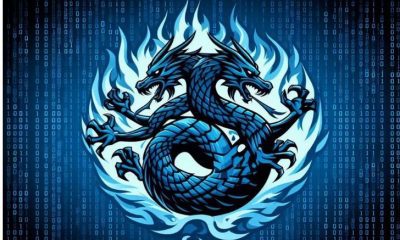


What is Kali Linux? Everything you need to know about this popular but mysterious distribution
-

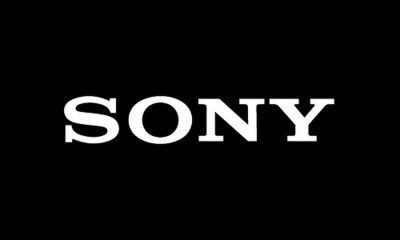


Sony Brand Story; From the production of rice cookers to becoming one of the most famous companies in the world
-




How did the people of the past imagine the future?
-

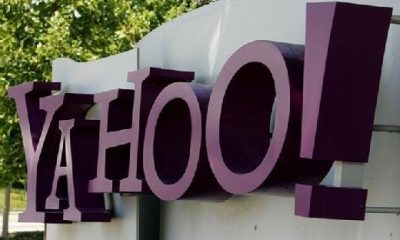


The story of the Yahoo brand, the story of the fall of a unicorn startup
-

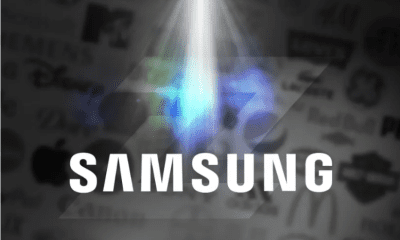


Samsung brand story; Full-view mirror of Korea’s commercial history
-




How to recognize the name of the font from its picture?
Technology
What is Kali Linux? Everything you need to know about this popular but mysterious distribution
Published
1 day agoon
15/09/2024

What is Kali Linux? Everything you need to know about this popular but mysterious distribution
In today’s technology era, as devices and tools become more advanced, their negative and destructive side also become more complex, and as a result, interaction with them requires more care. Currently, with the pervasiveness of the Internet the strong dependence of our daily lives on it, and the emergence of artificial intelligence, cyber threats have also increasingly spread, and the news of hacking various platforms is heard from left and right.
Considering the cyberization of part of people’s lives (entertainment, chat, and earning), the importance of strong cyber security measures cannot be ignored. Kali Linux or in English Kali Linux is a powerful and open-source Linux distribution that is specifically used for penetration testing and digital research and is considered one of the most important tools in the field of cyber security.
 Kali Linux 2024.3
Kali Linux 2024.3
Every techie has probably thought of installing Kali Linux, even via a virtual machine, to poke around and entertain their inner little scientist.
When users first encounter Kali tools, they see strange names such as BeFF Bettercap Hashcat Metasploit, or Nmap, which are almost difficult to guess their use from the name. Overall, Kali is a powerful distribution, and working with it requires a deep understanding of its tools.
What is Kali Linux?
Kali Linux, formerly known as BackTrack Linux, is a Debian-based Linux distribution developed by Offsec. This Linux distribution hosts hundreds of different tools used for penetration testing, reverse engineering, and vulnerability detection of networks and websites.

Due to the fact that Kali is developed based on Debian, it has high stability and security, and its Debian base allows it to benefit from vast software repositories and a similar package management system. In addition, if you are in the category of users who are already familiar with Debian Linux distributions such as Ubuntu, navigating Kali will not be difficult for you; But for users of other operating systems to enter the world of Linux, learning Kali takes more time.
Another important goal of Kali developers is to give the user unlimited freedom to have an open-source and ever-evolving platform and not just be limited to the tools available on the platform. Thus, even the most detailed parts of the software on Kali are open to optimization by the user.
Who uses Kali?
If you are imagining a sequence of Mr. You’re Robot, which depicts a hall full of professional hackers, and the hackers are sitting behind their systems in hoodies, you’re completely wrong. The use of Kali Linux does not require special clothing and there are professional and skilled experts who appear in their company and workplace every day and are responsible for simulating attacks on the network and discovering and fixing its vulnerabilities.
Other people for whom the use of Kali Linux is useful are instructors who plan to train the next generation of white hat hackers and ethical hackers, and Kali Linux is considered the best toolbox for training.
Key features of Kali Linux
Kali Linux has a variety of tools in various categories, including intelligence gathering tools, vulnerability analysis tools, wireless attacks, password mining, and social engineering tools. Do not forget that one of the main foundations of hacking and penetration is social engineering.
 Kali Linux tools menu
Kali Linux tools menu
In Kali Linux, you can use Nmap to scan a network and identify its open ports, Metasploit tool is also provided to exploit a vulnerability, and Wireshark should be used to go deep into the traffic of a network.
Tools like Wifite and Airgeddon are also pre-installed on the Kali platform to check the security of your Wi-Fi network. In fact, Wifite automates the process of cracking WiFi passwords, while Airgeddon provides a convenient environment for assessing wireless network security.
Regardless of the tools and programs that are available by default on the platform immediately after installation, users can install other programs they need by connecting to the Internet by learning how to install the program on Linux.
 Metasploit tool on Kali Linux
Metasploit tool on Kali Linux
The Kali developers have paid attention to every detail and even included a custom kernel kernel for packet injection, which plays a key role when working with Wi-Fi. In addition, all packages are signed with GNU Privacy Guard to assure the user about the security of the platform.
Features of Kali based on the introduction on the official website:
- It is free and will always be free.
- Git is open source.
- It conforms to the Filesystem Hierarchy Standard.
- It is compatible with a wide range of devices.
- It is developed in a safe environment.
- Supports multiple languages; Of course, the platform tools are in English.
- Compatible with ARMEL and ARMHF.
Why is Kali Linux not suitable for everyone?
Kali tools are very powerful and require the same amount of knowledge and experience to use them properly. For example, a normal user might want to scan his home Wi-Fi network and find possible vulnerabilities by installing Kali. But in this process, with Kali’s tools, he creates a problem that has serious consequences for him.
 Installing the program in Kali Linux through the terminal
Installing the program in Kali Linux through the terminal
Suppose you try to execute a script without sufficient knowledge and because Kali is connected to the Internet, this script affects the computer of a certain person or organization. Do not forget that Kali is not designed and optimized for the everyday use of ordinary people and common tasks such as web browsing, editing documents and watching movies.
Go to Ubuntu to satisfy your curiosity and experience the Linux environment
If you are just curious about working with Linux and getting to know the environment of Linux distributions, better options can be found compared to Kali. Usually, the most recommended migration from other platforms to Linux ends up with the Ubuntu distribution, which has a user-friendly interface and a huge support community and runs everyday processes like any other operating system.
Linux Mint is another option recommended for beginners, especially for users who are used to traditional desktops. On the other hand, Windows users usually associate more with Zorin OS. These distributions are all developed for everyday use and perform tasks such as web browsing, editing documents and even running games very well.
Getting started with Kali
Finally, if you decide to install Kali Linux, you should download it from the official Kali website. On the Kali website, you can see different versions of Kali for installation in different ways, and according to your conditions and desired installation method, you can download the desired version.
To install Linux distributions, it should be noted that it is possible to install Linux on Flash or that the user can install the desired distribution on the virtual machine. Installing Kali on a virtual machine has the advantage that all events are kept in isolation and no damage is done to the user’s main operating system.
The Kali Linux distribution is considered the most popular platform for hackers and is designed for specific purposes where everyday use is not among its goals; Therefore, it is not necessary to install it for specialized work and of course to meet the needs of curiosity, but for normal use it is recommended to go for other distributions of Linux.
Dear Zomit users, what is your opinion about the user experience with Kali Linux? Do you recommend installing it?
fashion
Sony Brand Story; From the production of rice cookers to becoming one of the most famous companies in the world
Published
1 day agoon
15/09/2024

Noun: Someone who assists () a goal.
Sony brand story; From the production of rice cookers to becoming one of the most famous companies in the world
Sony is a Japanese multinational company headquartered in Minato, Tokyo. This company provides electrical services, gaming, entertainment, and financial services.
Sony is known as one of the pioneers in the production of electrical products and in recent years it has improved its position among the top companies in the world. Sony consists of many subsidiaries, the most famous of which are Sony Pictures, Sony Music, Sony Mobile, Sony Entertainment, and Financial Holding.
The story of the formation of the Sony brand
Masaru Ibuka returned to Tokyo from World War II in September 1945 to start a new job in the Japanese capital. He set up his workshop in an old, war-torn building with only eight employees. Their initial office walls were full of cracks and had no windows, but over time as their business progressed, the office building also improved.
In October of that year, Ibuka and his group launched a new company called Tokyo Tsushin Kogi, or Tokyo Institute of Communications Research. At that time, everyone was eager to work in the new company and wanted to use their engineering knowledge to rebuild Japan. However, no one knew where to start. Most of the employees were paid from Ibuka’s small savings and they had to work hard to survive.
The story of the formation of Sony goes back to 1945; When Masaru Ibuka returned from World War II
At that time and during the Second World War, people were thirsty to hear the news of the day. As a result, they came up with an interesting idea that changed the fate of the company forever. Most of the radios at that time were either destroyed by the war or could not receive radio waves due to police interference.
The Ibuka company repaired broken radios and also made it possible to receive waves using a series of converters. It didn’t take long for this model of radio to gain many fans among people.
Their business was in the center of attention and for this reason one of the Japanese newspapers published an article about them. This article not only got them more customers but also brought Ibuka’s old friend, Akio Morita, closer to him.
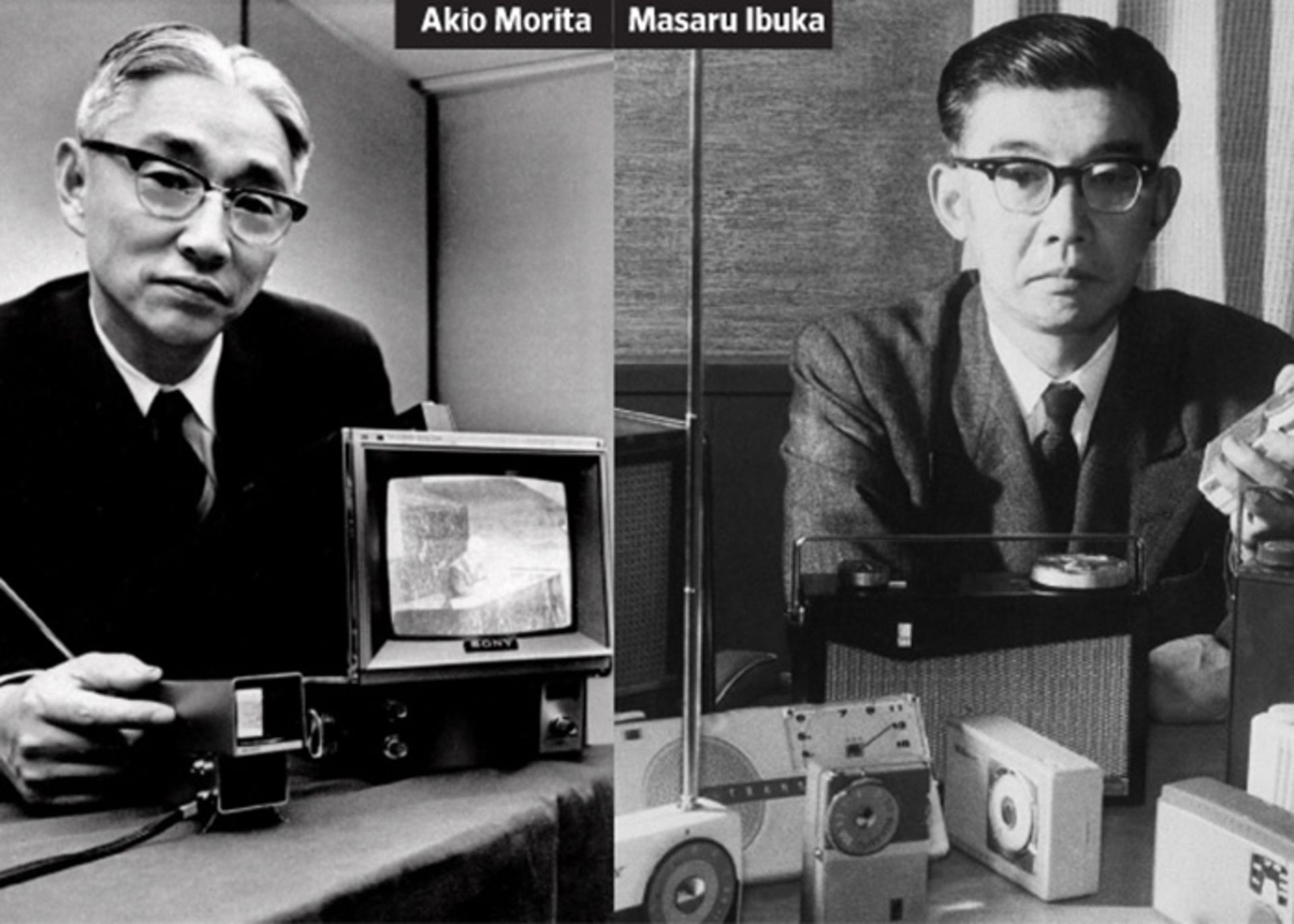
Ibuka and Morita, the founders of Sony Corporation, first met on a research committee studying new types of war weapons.
After some time passed, despite the big age difference, a deep friendship between Ibuka and Morita was formed. After the end of the war, Morita returned to his hometown and the communication between them was cut off. Until one day he read his friend’s name in a newspaper article and called Ibuka. Ibuka also asked him to get to Tokyo as soon as possible to start working with him again.
Sony’s brand name was originally supposed to be TTK or Totsuko
They were looking for a new name to advertise their company globally. Their intention was to choose the abbreviation of the company’s name, TTK, for advertising, but this name was already used. The word Totsuko was also another suggested name. But during his trip to America, Morita realized that it is difficult for Americans to pronounce this name.
They finally chose the name Sony from the combination of 2 words Sonus meaning sound and Sonny meaning young boy. Their purpose in choosing this name was to pronounce it in the same way in all languages of the world.
The company’s first product was a rice cooker, which, contrary to expectations, failed to meet expectations and failed. They did not get discouraged after their first failure and devoted more money to research. They focused on developing products that would benefit the Japanese people.
Sony; The first brand
During 77 years of operation, Sony has been able to launch the first product in many markets of the world. From Japan’s first tape recorder to Japan’s first transistor radio and other products.
Tape recorder

In 1950, the first Japanese tape recorder was made from its American model. This device was also not well received until Sony released a translated version of 999 Ways to Use the tape recorder.
After people became familiar with the product’s uses, the purchase request increased and the Sony tape recorder sold well. The demand for this product increased so much that the company had to expand its facilities to produce orders.
Transistor radio
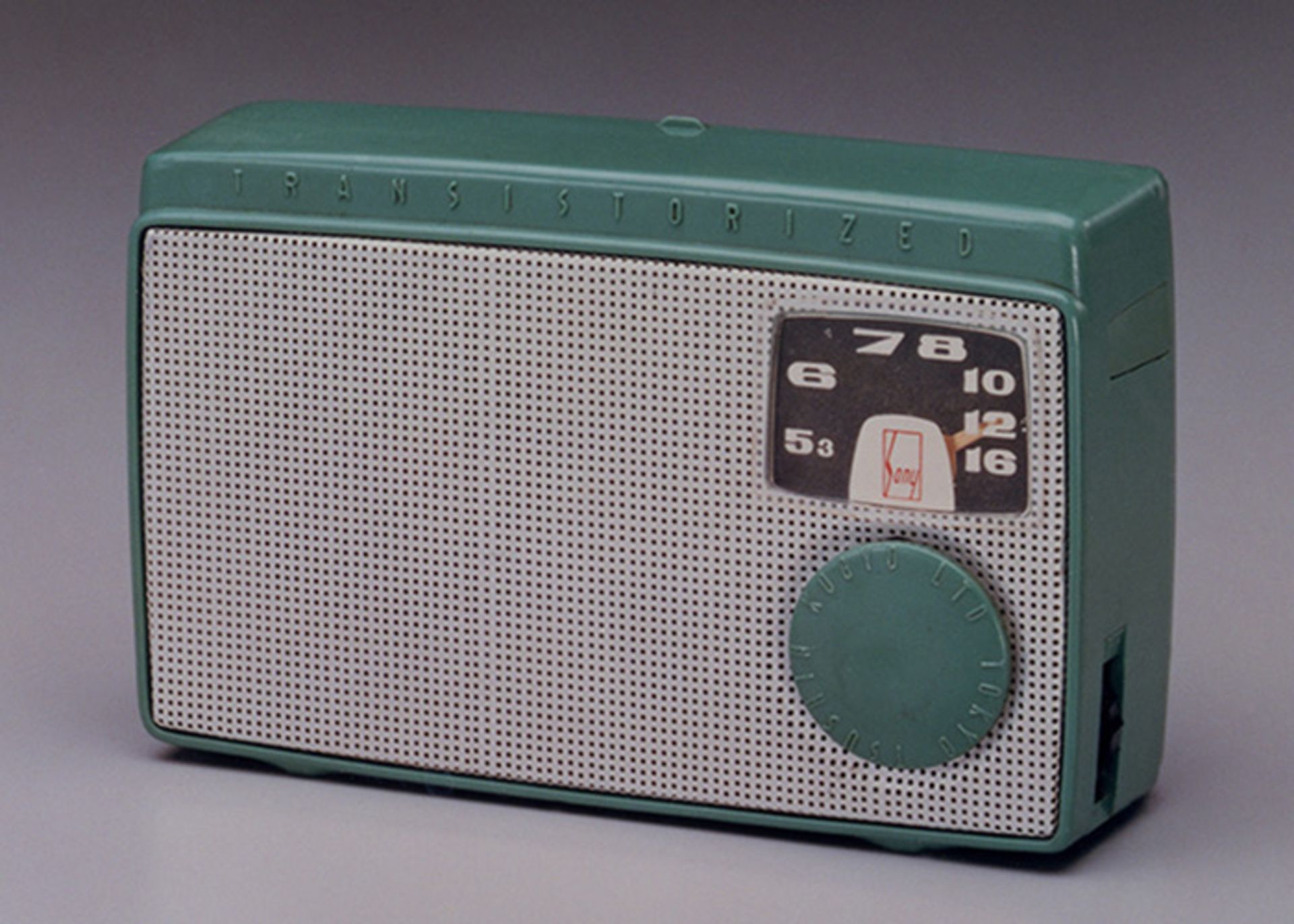
Japan’s first transistor radio was introduced in 1955 by Sony.
Portable TV
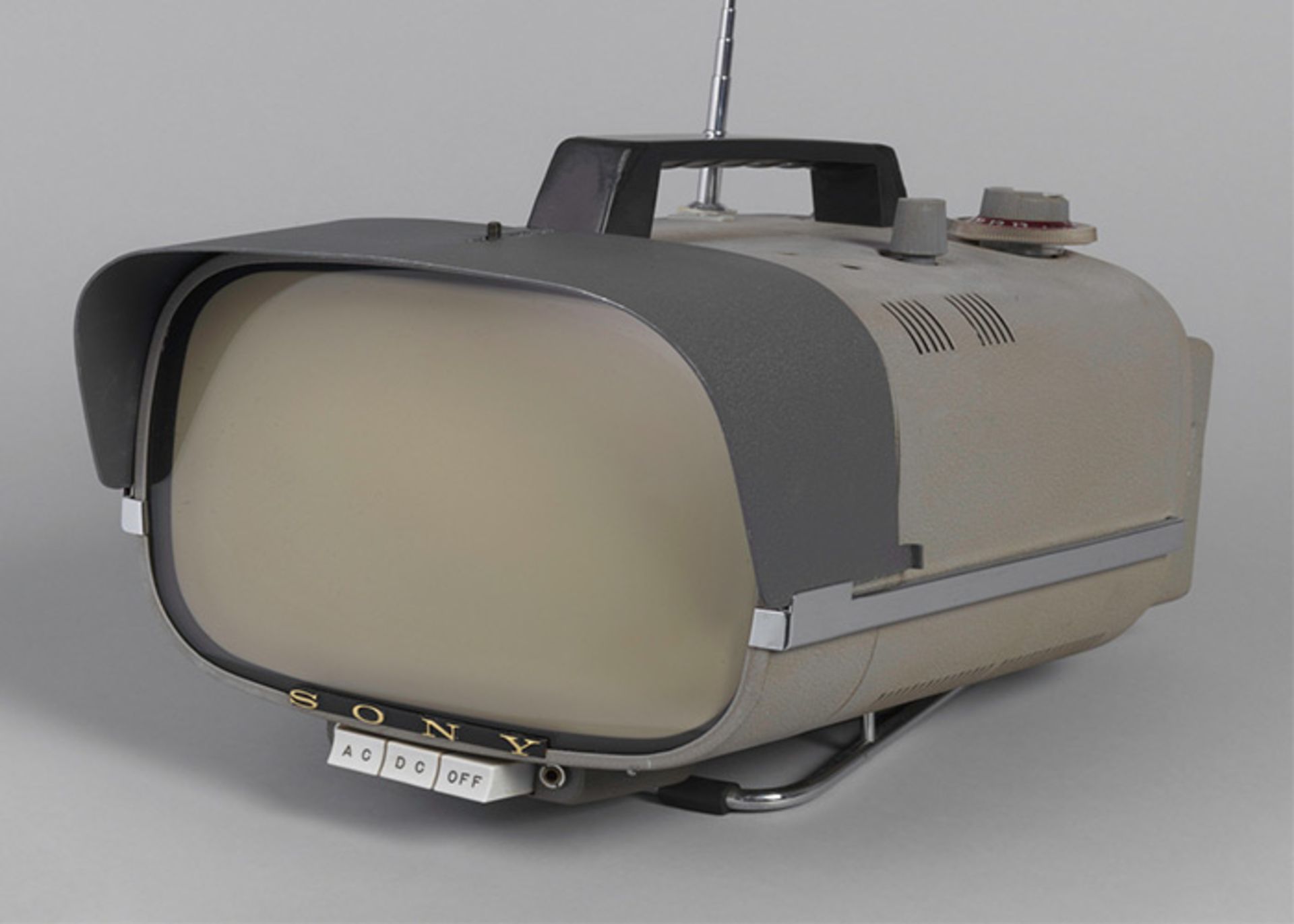
In 1960, Sony released the world’s first portable transistor TV. Sony used radio technology to produce this device.
The televisions of that time were big and in every house, a specific room was reserved for them. But these products brought a new definition of personal televisions to the market.
Video tape player
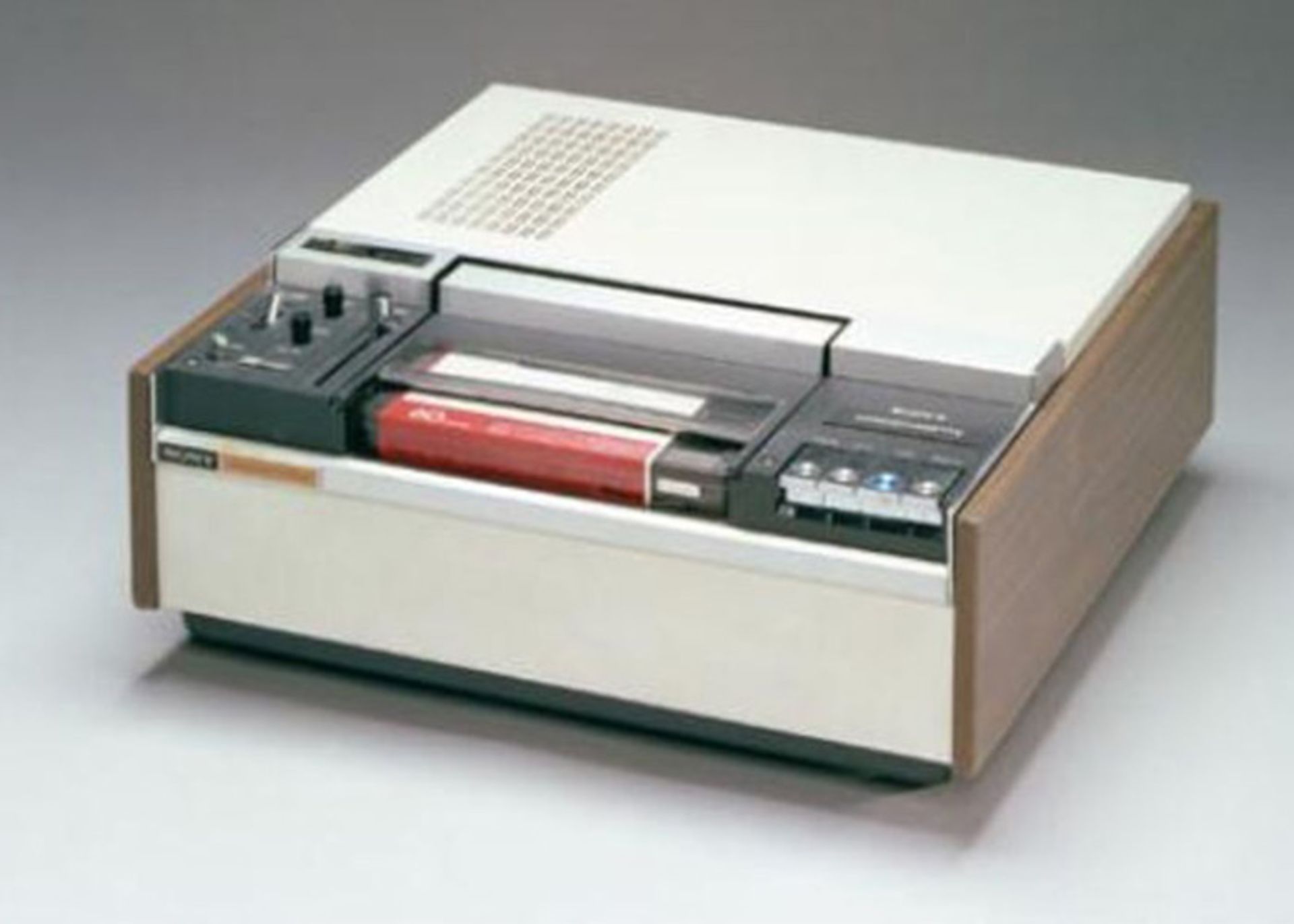
In 1971, Sony unveiled another product. This player was able to show videotapes in color inside the TV.
Masaru Ibuka retired in 1976 and was succeeded by Akio Morita as CEO.
The first generation Walkman

In 1979, Sony launched the first generation of Walkmans. These devices were portable and customers could listen to their favorite cassettes anywhere.
Many employees of the company believed that this device could not become popular among people without the ability to record sound. But contrary to their belief, this device introduced a new and successful lifestyle among people and achieved remarkable success.
The first CD player
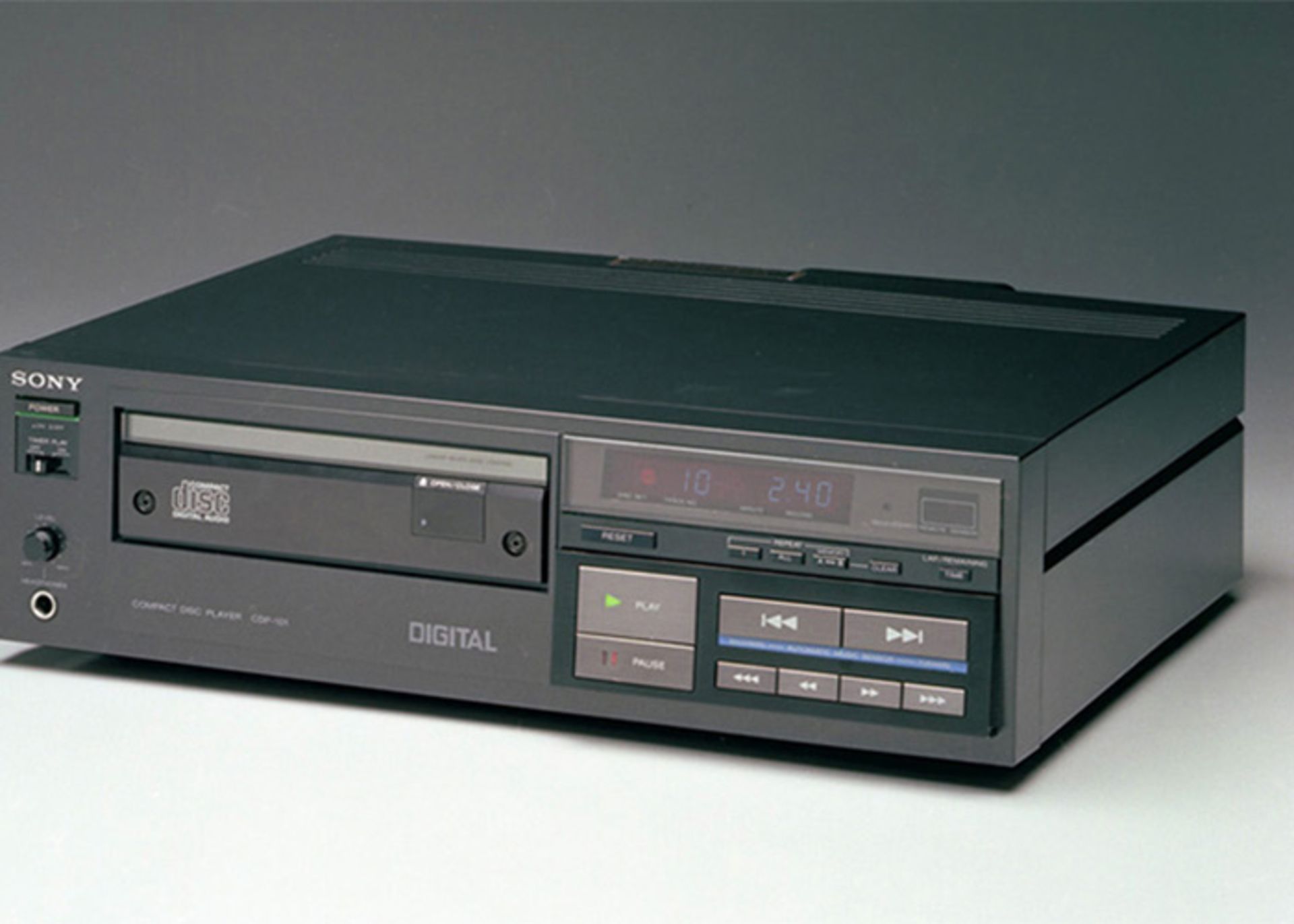
The world’s first CD player was launched in 1982 by Sony.
One of Sony’s senior managers, Norio Oga, was elected as the company’s CEO in 1989. Sony bought Columbia Pictures in the same year. This action was considered the biggest purchase of a Japanese company at that time.
PlayStation
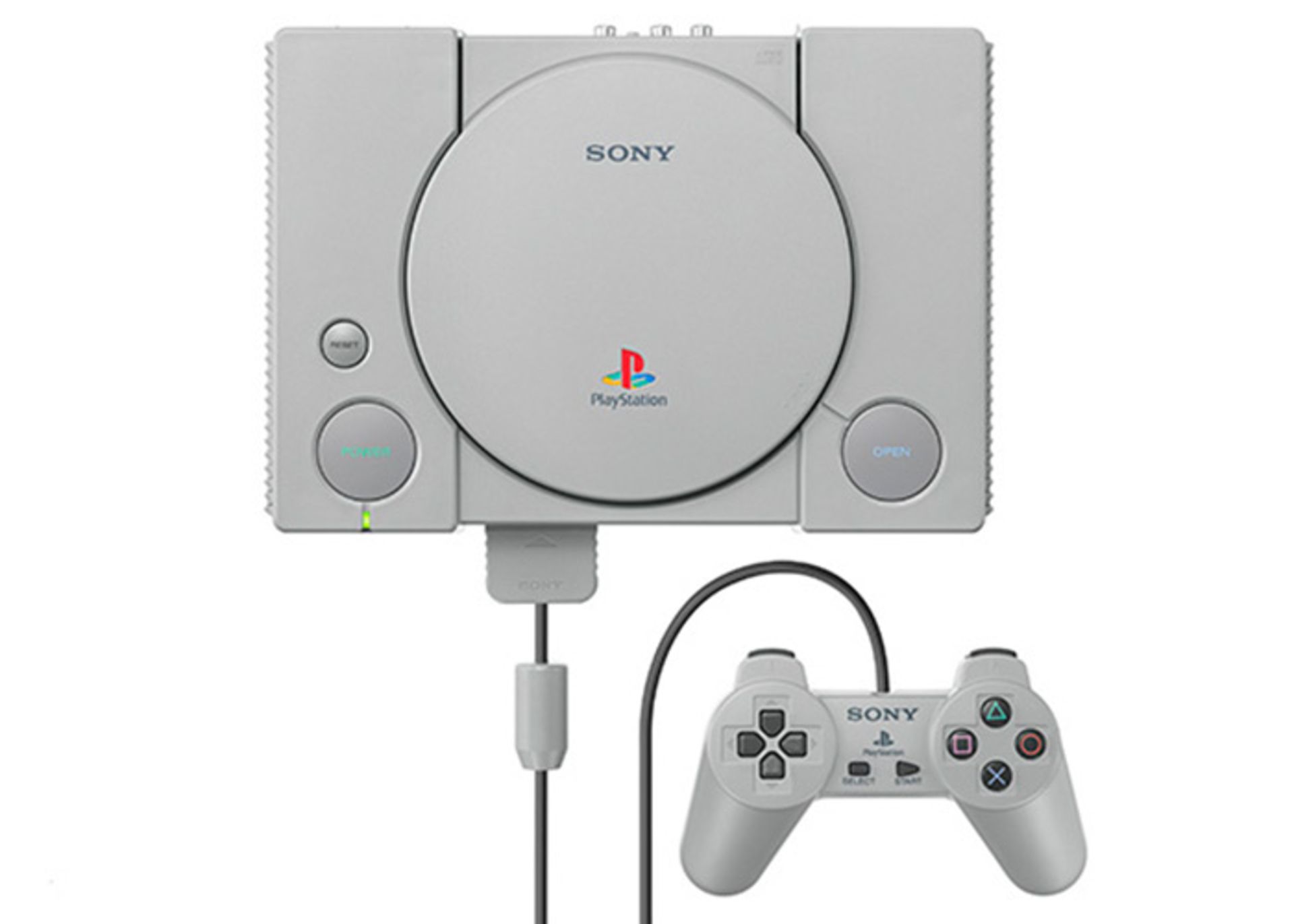
PlayStation is another important product of Sony. This product was sold in the Japanese market in 1994 and entered America and Europe in 1995.
PlayStation became so popular among people that its sales reached 10 million units by the end of 1996, and in 1998, about 50 million of this console had been sold. The production of new models of this product continues and today PlayStation 5 is considered the newest Sony console.
Digital camera
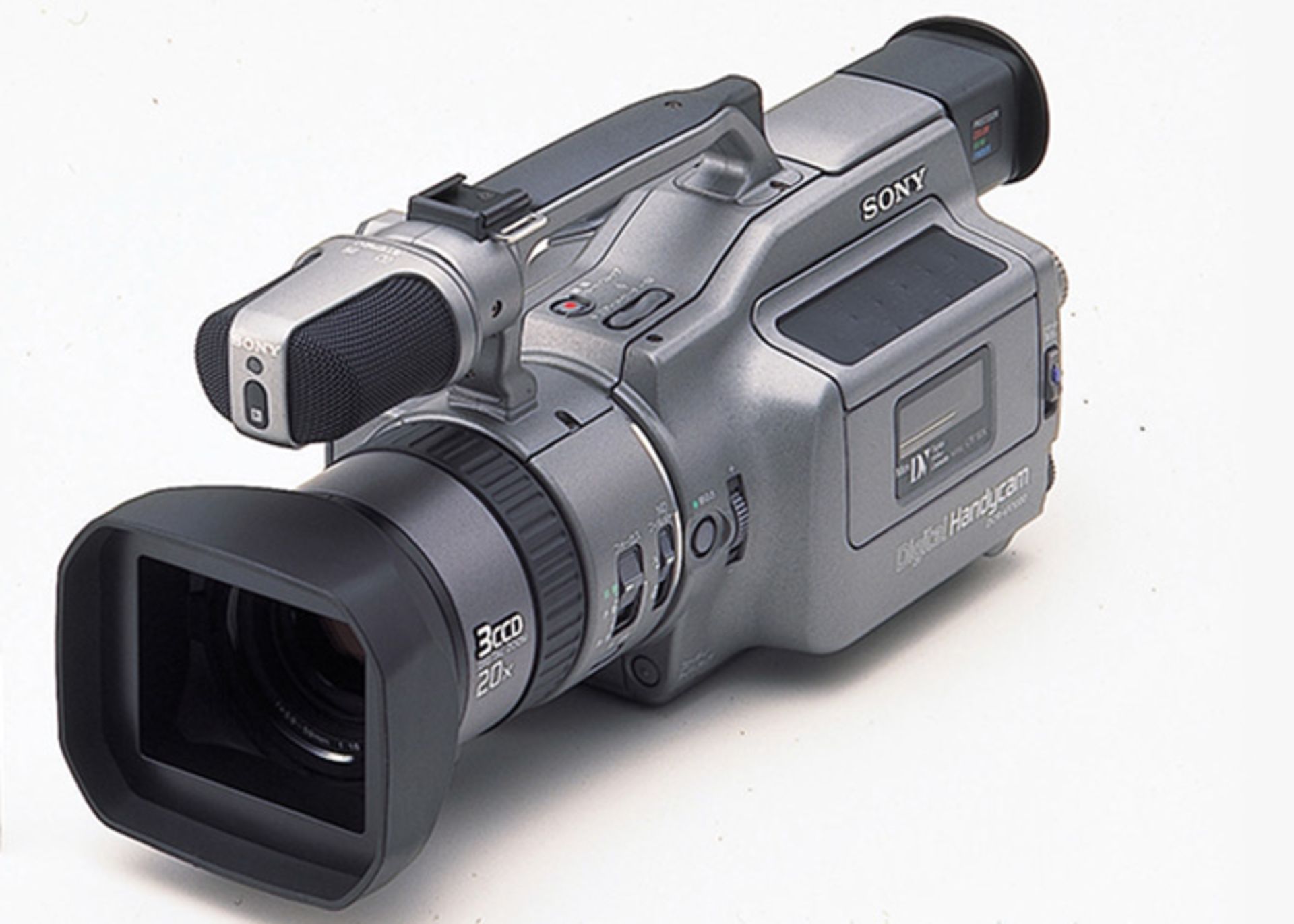
The first digital camera was launched by Sony in 1995. This device was very well built and recorded high-quality videos.
Sony Mobile
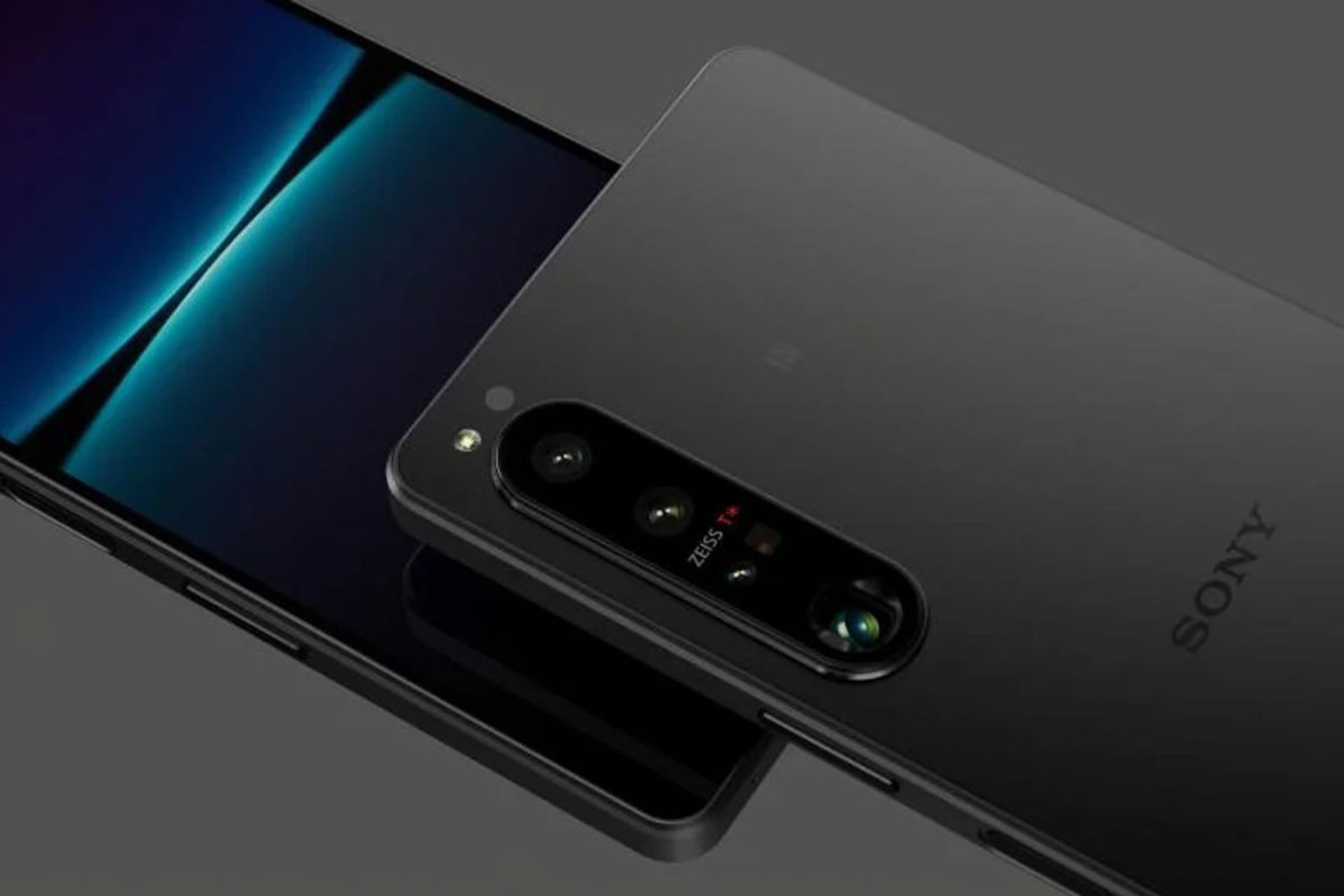
Sony Mobile Company started working in 2001 in cooperation with Ericsson. The company’s products were first marketed under the name of Sony Ericsson until Sony bought Ericsson’s shares in 2012. Since then, the phones of this company have entered the market under the name of Sony.
In 2012, Sony was able to win the title of the fourth mobile phone manufacturer. Xperia series mobile phones are the current flagships of this company. The Xperia brand doesn’t sell much at the moment, but Sony continues to produce products.
Vaio laptop
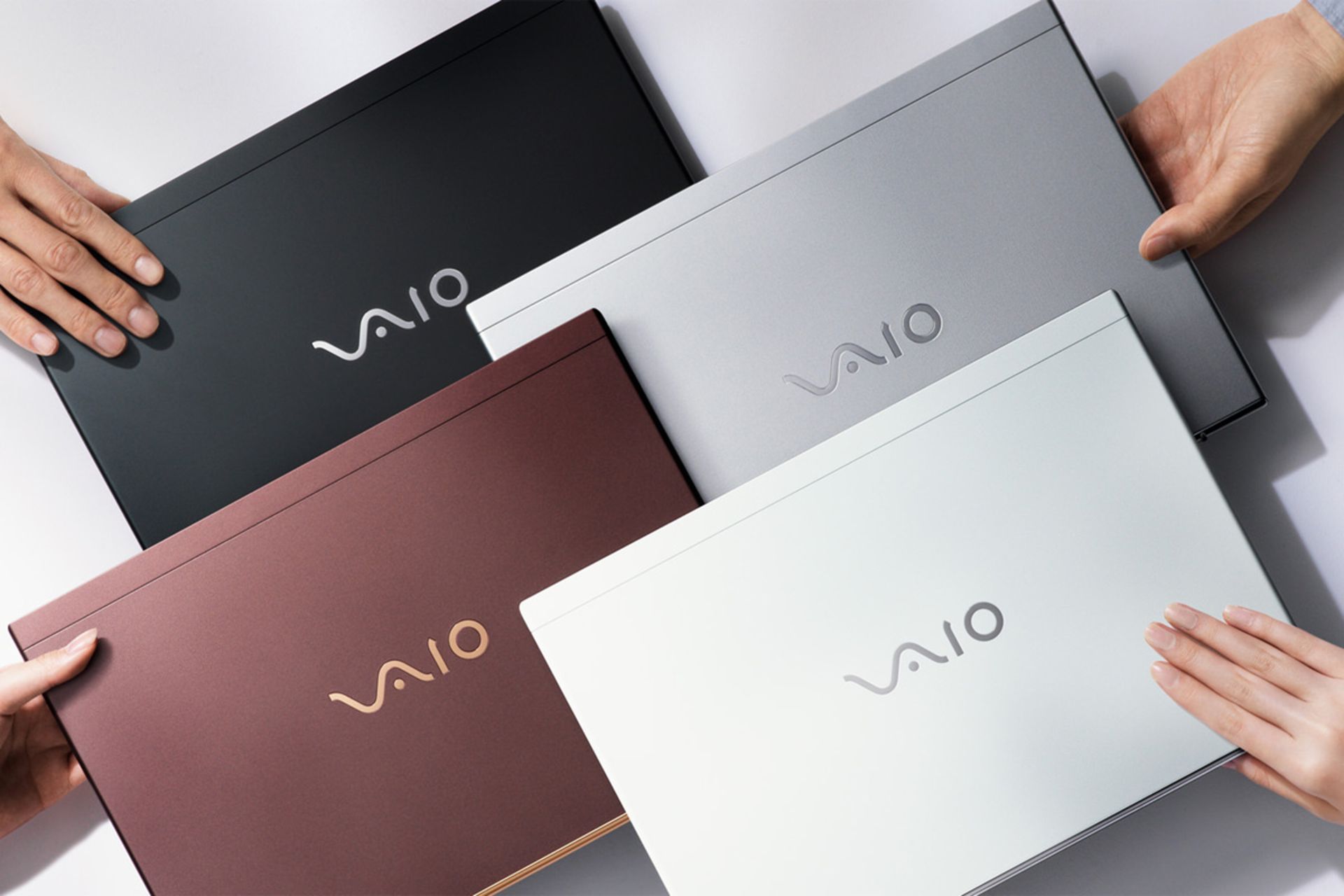
The first generation of Vaio laptops was launched in 1997. These laptops had a slim body and introduced a new concept of personal computers to the world.
Personal life of Masaru Ibuka

Masaru Ibuka was born on April 11, 1908 in Nikko, Japan. He graduated from the university in 1933 and worked in a film production company. Ibuka joined the Navy during World War II and was a member of the investigative committee; But after some time in 1945, he left the war to start his own radio repair workshop in Tokyo.
At that time, people followed the news of the world through the radio. As a result, starting a radio-related business was a good idea for a company. Ibuka and Akio founded Sony in 1946. Ibuka used transistors to make his company’s products. Therefore, Sony was introduced to the world as one of the first companies to use this technology for non-combat purposes.
Ibuka was a member of the Navy during World War II
In 1976, Ibuka was awarded an honorary doctorate from the University of Tokyo. He received two other honorary doctorate degrees in 1979 and 1994 from Tokyo and American universities.
Ibuka published a book titled “Kindergarten is Too Late” in 1971. In this book, he claimed that the most important time for human learning is from birth to three years old. As a result, he has suggested ways to teach skills to children at this time.
Ibuka was the leader of Sony until 1976 and then he retired; But even after that, he had a close relationship with company managers and guided them. He died in 1997 at the age of 89 due to heart failure.
Personal life of Akio Morita
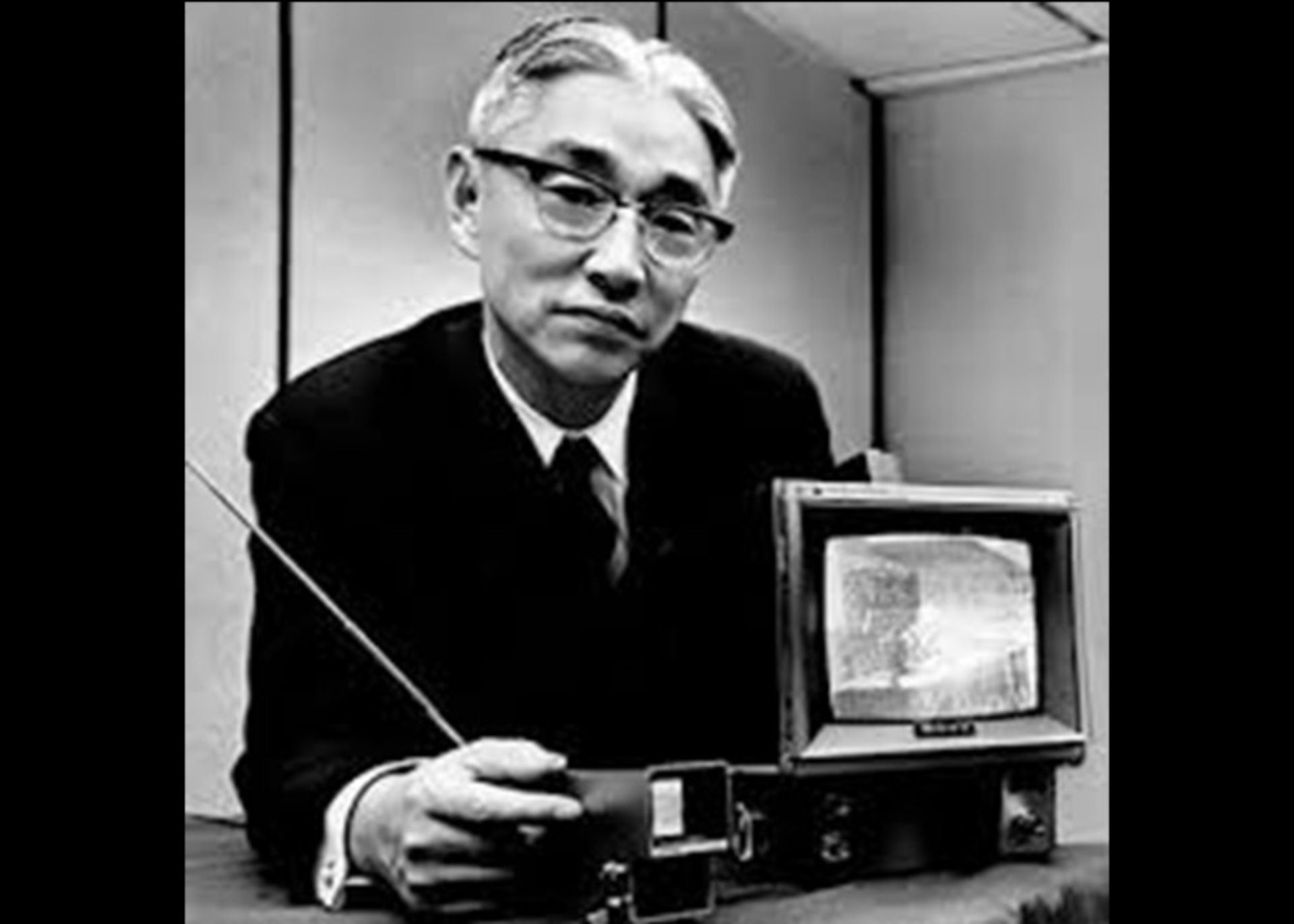
Akio Morita was born on January 26, 1921 in Japan. He was the eldest of his four siblings. As a result, his father trained him to manage the family business.
Akio was very interested in mathematics and physics and graduated from university with a degree in physics. During World War II, he became a member of the Japanese Army’s Research Committee, and while serving, met his future business partner, Masaru Ibuka.
Morita was a huge fan of all Sony products and worked hard to promote them. For example, the size of their first production radios was slightly larger than the standard shirt pocket size. Because they wanted to market their products as pocket radios, Morita made shirts for their employees with larger pockets to show customers that these radios were pocket radios.
Sony established its first branch in America in 1960. Sony was the first Japanese company to enter the US stock market. In 1994, Morita suffered a stroke while playing tennis and resigned from the chairmanship of Sony. He finally died of pneumonia in 1999 at the age of 78.
Sony failures
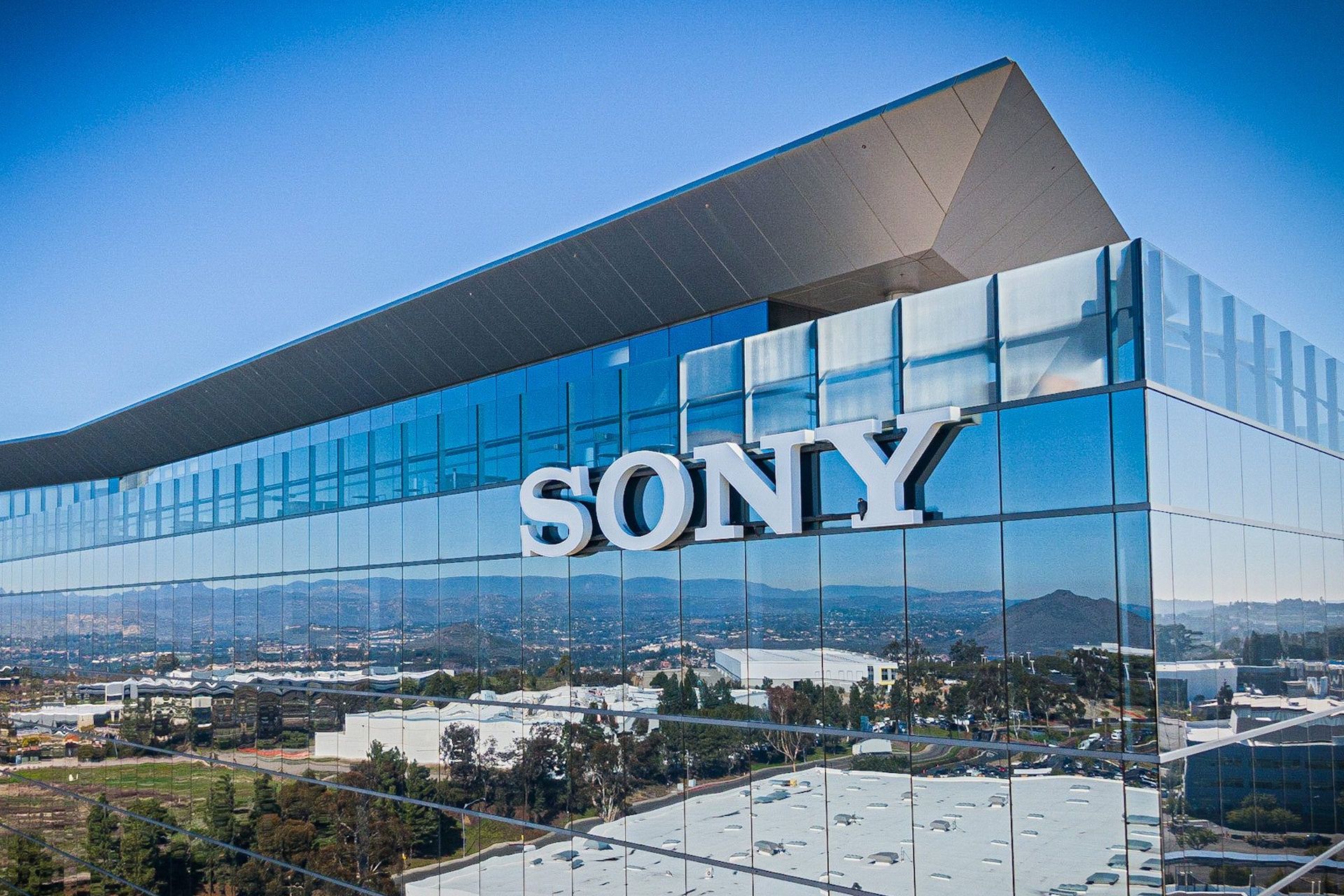
Since its establishment in 1964, Sony has produced successful and innovative products. Many of these products were entering the market for the first time, and as a result, they introduced a new concept of technology to the world; But no success story is without failures.
Sony Aibo

Sony robots were launched in 1999. These robots were in the form of cute dogs and had the power to learn. These robots could show emotions such as happiness, sadness, anger, surprise, fear and disinterest.
Sony robots were sold at a price of $2,500 and were very popular among their owners. But its high price prevented it from increasing its popularity and eventually, Sony stopped production.
Vaio music device
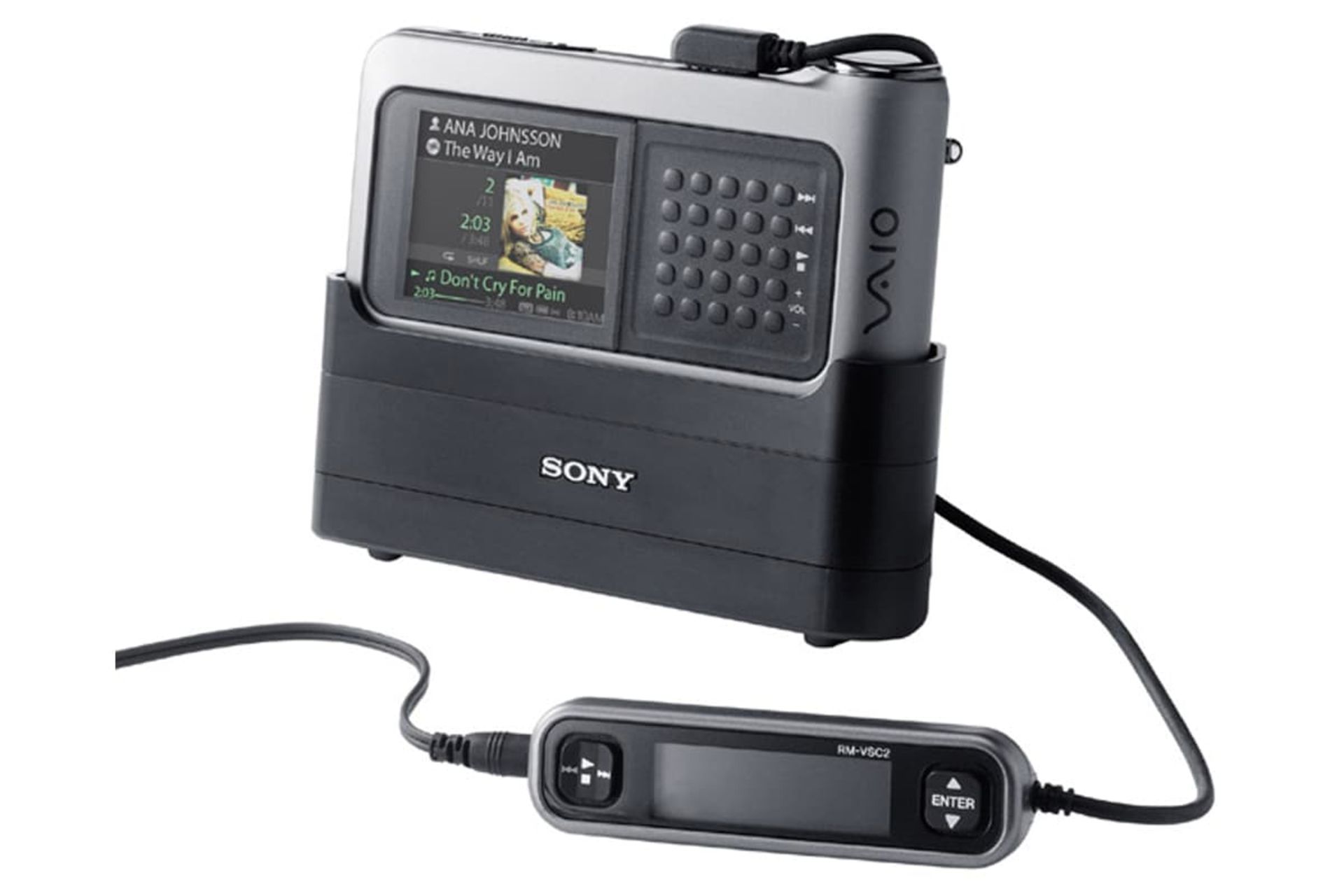
In 1979, Sony introduced a new concept of portability to the market by presenting its Walkman. The company had been Apple’s fierce competitor in digital music for two years, but its first product did not perform well.
The biggest mistake of the company was the dependence of files on the ATRACT format. Files with this format could only be used in Sony minidiscs. The ability to share files was the first word in digital music in 2000, and all files were released in MP3 format. As a result, this issue became a big challenge for Sony.
Sony e-Villa
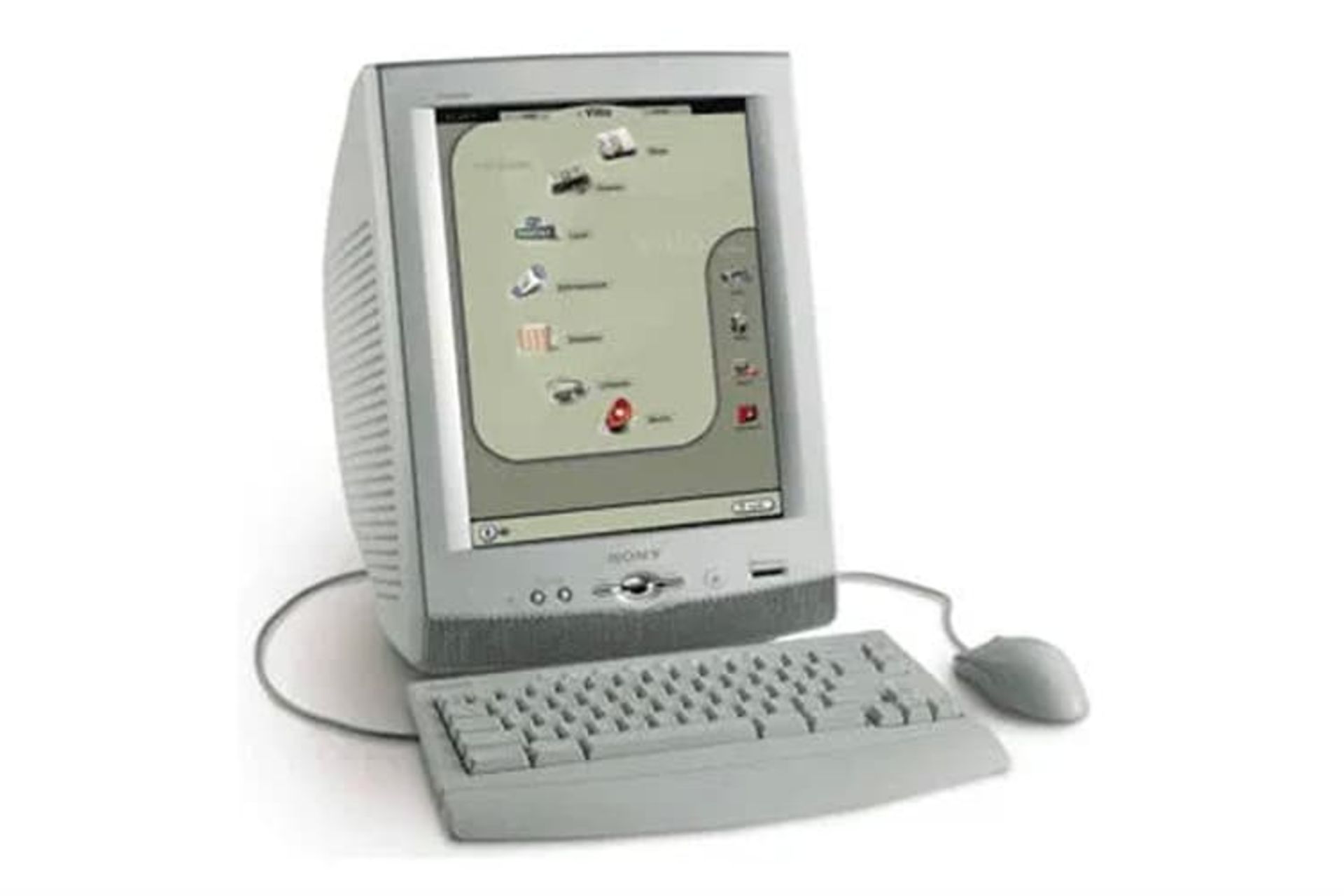
In 2001, many companies were offering Internet home appliances, including dedicated terminals for accessing the Internet and web browsers. Sony e-Villa was also a product that was launched with the same purpose.
The e-villa had a 15-inch monitor and a 56 kbps dial-up modem. e-Villa was designed to have access to email services and websites. At that time, there was a lot of competition between these devices and people preferred to use devices with Windows XP. As a result, Sony stopped the production of these products after three months.
Sony Airboard
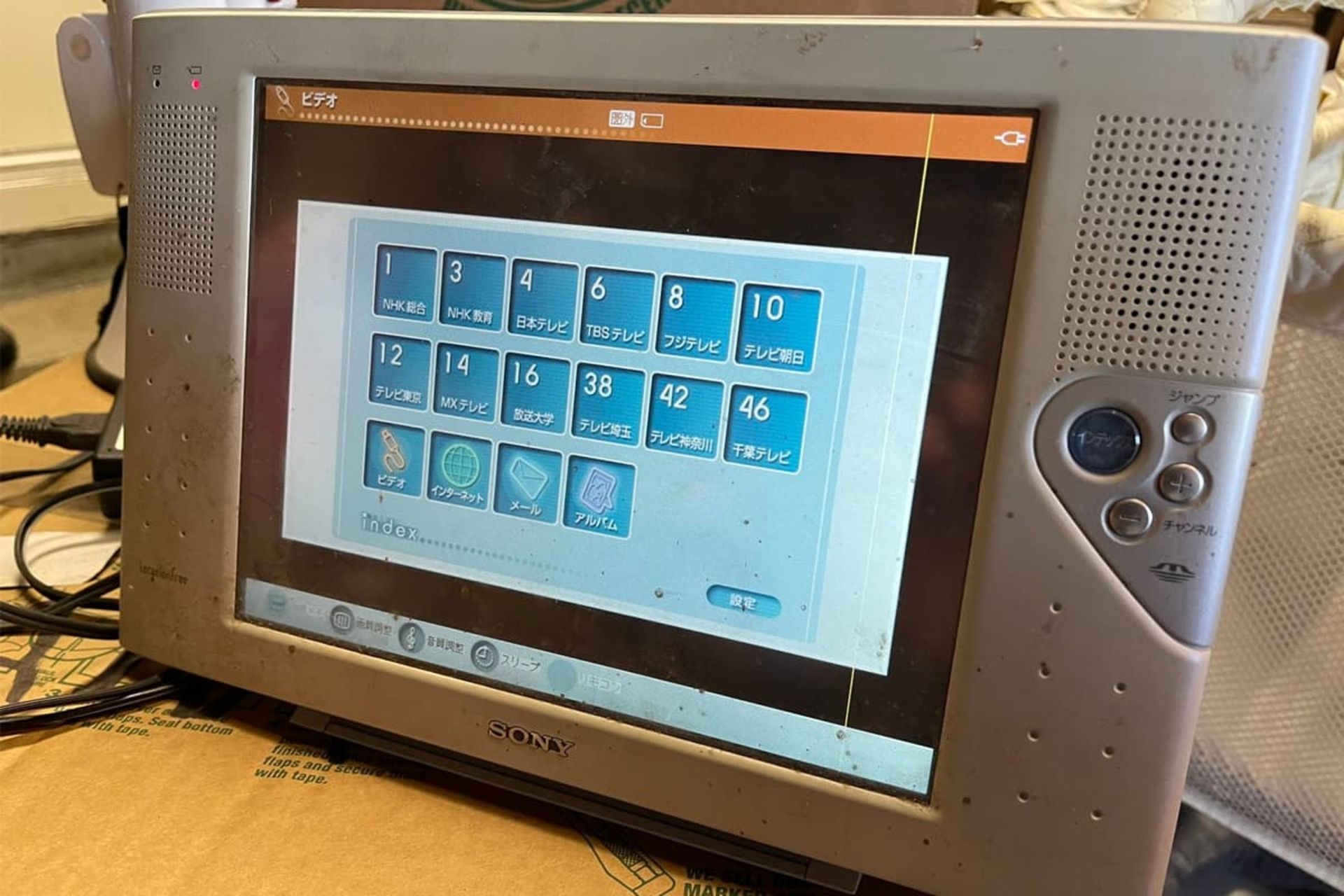
10 years before people became interested in watching videos on tablets, Sony launched a device called Airboard. The tablets of this family were 10 inches and had the possibility to connect to Wi-Fi and broadcast TV channels.
Using the picture-in-picture feature, users could search the Internet and watch TV. This device never caught on because people thought it was just a portable and expensive TV. Therefore, its production was stopped before entering the American market.
Sony PSX
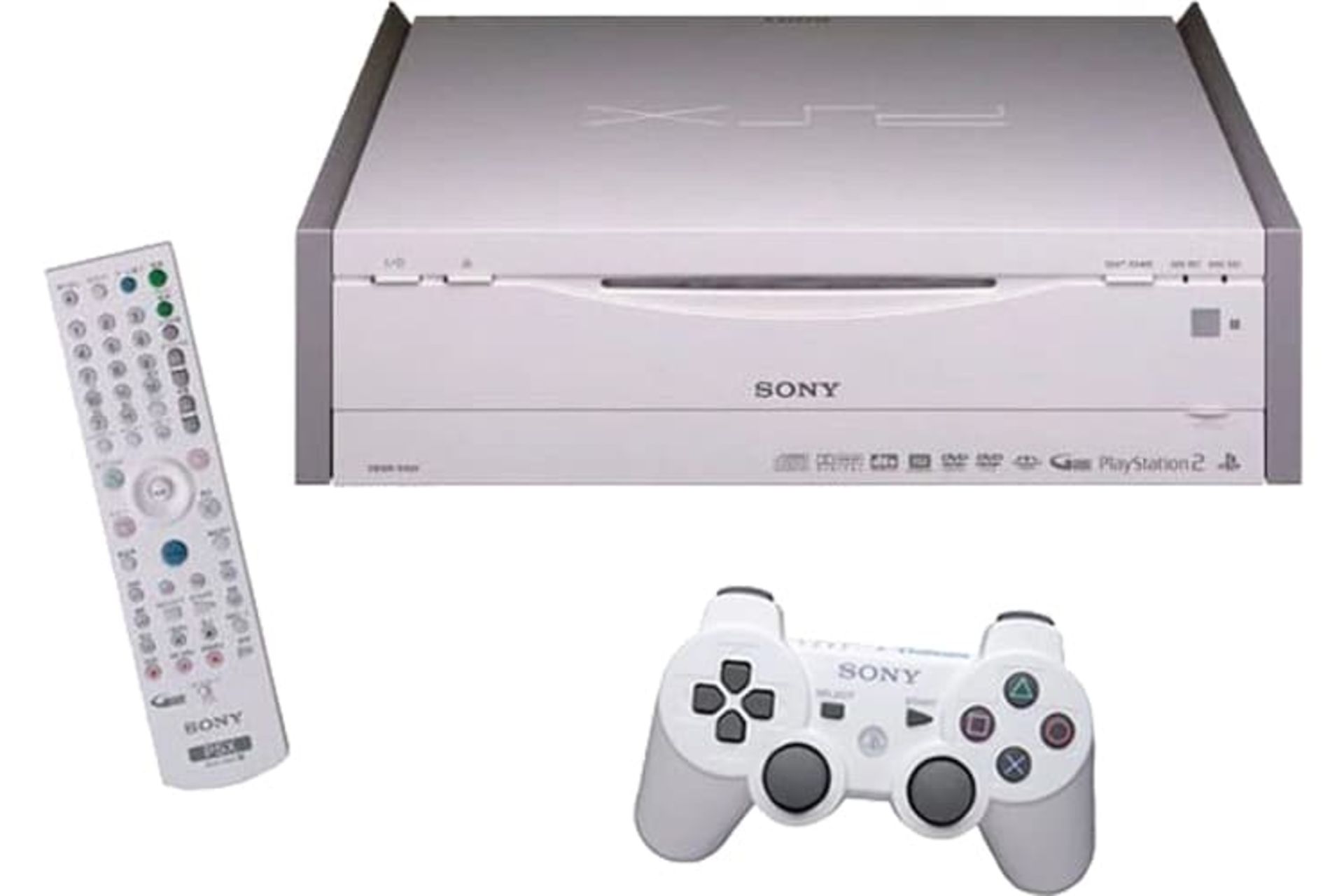
In 2003, Sony combined its two products, the PlayStation 2 and the video recorder, and marketed it as a single product. Using this product, customers could record the TV show on the storage memory or DVD at the same time as the game experience.
But the PSX, which was released only in Japan, was much larger and heavier than the PlayStation. Although this product did not have a high price, it could never attract many customers.
The current state of the Sony brand

Sony is one of the largest Japanese companies by revenue. The company reached the peak of profitability in the 1990s and 2000s due to the launch of its PlayStations, but faced financial problems in the late 2000s.
Read more: Samsung brand story; Full-view mirror of Korea’s commercial history
The global financial crisis, increased competition with PlayStation, and the earthquake in Japan in 2011 went hand in hand with Sony experiencing major failures for three years.
Due to the negative effects caused by natural disasters and exchange rates, the Times magazine called Sony a lack of flexibility and inability to measure the economy, but Sony was able to overcome all the crises in all these years by using innovation and became one of the top companies in the world. become in the television industry.
Sony’s current slogan is Be Moved, and the company aims to emotionally excite its customers with every product it offers.
Sony was able to pocket an operating profit of 1.21 trillion yen (about 8.9 billion dollars) in fiscal year 2022, which is a new record. Sony’s revenue in the final quarter of last year grew by 35 percent to about 3.06 trillion yen ($22.5 billion).


Adjective: The greatest; the best.
Pronoun: The greater part of a group, especially a group of people.
Noun: The greatest amount.
Noun: The greater part.
Noun: A record-setting amount.
How did the people of the past imagine the future?
How can you explain to people in the 1900s that a robot can sweep floors and carpets without any intervention by drawing a map of your house without sounding crazy?
To people of the last century, our technology today seems like magic; But that doesn’t mean they didn’t fantasize about what the future would be like. Many inventors and artists have depicted their own predictions of future technology. Let’s look at these paintings and then comment on their scope.
 Bird postman – 1892
Bird postman – 1892
The potential of human flight was one of the concerns of futurists. It is true that aviation has revolutionized our world, but the type of flying equipment and “flying cars” that captured the imagination a century ago will remain for the future.
One of the important innovations that the minds of the ancients often did not imagine is the Internet and modern wireless communications. In today’s world, the flying postman pictured here would probably be out of a job thanks to plain old email.
 Electric floor washer (electric scrubber) – 1899 | The vacuum cleaner was invented just two years after this image was made.
Electric floor washer (electric scrubber) – 1899 | The vacuum cleaner was invented just two years after this image was made.
The idea of a robot vacuum cleaner, now a reality in millions of homes, was apparently beyond imagination in the late 19th century.
 Machine learning-1901
Machine learning-1901
According to this prediction, teaching was supposed to become a very easy job by the year 2000. The principal simply feeds the history books into the machine, while an assistant (or perhaps a student being punished?) turns the handle and somehow wires the contents of the books to the headsets the students are wearing, and from there into their minds. sends Do you understand the necessity of the presence of the school principal in this process?
 Phone with photo – 1918
Phone with photo – 1918
The arrival of video-calling technology was predicted more than a century ago. The Electrical Experimenter magazine wrote in 1918: “Many inventors have attempted to invent a device or machine by which one person can see another while talking on the telephone.” According to the author of the magazine, such a device, which should naturally be called a “telephot”, will be invented sooner or later, because “everyone would like to have such a device.”
 Video call – 1942
Video call – 1942
Another article in the magazine Practical Electrics in 1942 predicted a similar device with moving pictures so interesting it is admirable.
 wheel of destruction
wheel of destruction
During World War I, specialized technology magazines were full of ideas that were hoped to bring an end to the long conflict. One of these inventions was the gyro-electric destroyer. “This 45-foot monster is steered by a large gyroscope wheel,” Electrical Experimenter magazine reported. “The destroyer travels at a speed of 40 to 60 miles per hour and because of its large diameter it easily rolls over trenches and other obstacles.”

The vision envisions a robot dog that readers can build for themselves; A wheeled device that operates with batteries and follows its owner’s metal cane through a magnet. It may have a cute face but don’t expect this dog to roll over, play, or react if something bad happens to you.
The idea of artificial pets doesn’t seem so strange nowadays. This is a concept that exists mostly in the field of cyberspace, exemplified by digital home assistants and artificial intelligence-based video game characters.
 Climate control – 1954
Climate control – 1954
The dramatic image above shows how future humans will be able to control the weather. This article describes an airplane that is dispatched to disperse a cloud that threatens to form a tornado. “In the age of the hydrogen bomb and supersonic flight, it’s possible that science will find ways not only to destroy tornadoes and hurricanes but also to influence weather conditions in ways that will boggle the imagination,” the magazine reports.
Read more: The future of generative artificial intelligence from its own language
 Food planning by computer – 1967
Food planning by computer – 1967
In 1967, Philco-Ford, a maker of electrical goods, produced a short film called 1999AD, showing how its future products might transform ordinary homes. The family in the film owns a space-age car, a large wall-filling television, and a large home computer that helps the family (specifically the mother) plan their meals. In the film, we see the father of the family using the computer to check the invoice for the clothes he bought online.


Do animals have an understanding of the concept of death?


What is Kali Linux? Everything you need to know about this popular but mysterious distribution


Sony Brand Story; From the production of rice cookers to becoming one of the most famous companies in the world


How did the people of the past imagine the future?


Mammoth and dodo return to nature


Canopus; What do we know about the second brightest star in the sky?


How to use iMessage on Android?


Can humans endure the psychological torment of living on Mars?


Xiaomi Glorimi M2 Max watch review; Alternative economic option for iPhone owners


Artificial intelligence problems; Frauds based on artificial intelligence and methods to deal with them
Popular
-



 Technology1 year ago
Technology1 year agoWho has checked our Whatsapp profile viewed my Whatsapp August 2023
-



 Technology1 year ago
Technology1 year agoSecond WhatsApp , how to install and download dual WhatsApp August 2023
-



 Technology1 year ago
Technology1 year agoHow to use ChatGPT on Android and iOS
-



 AI2 years ago
AI2 years agoUber replaces human drivers with robots
-



 Technology1 year ago
Technology1 year agoThe best Android tablets 2023, buying guide
-



 Technology1 year ago
Technology1 year agoThe best photography cameras 2023, buying guide and price
-



 Humans2 years ago
Humans2 years agoCell Rover analyzes the inside of cells without destroying them
-



 Technology1 year ago
Technology1 year agoHow to prevent automatic download of applications on Samsung phones
